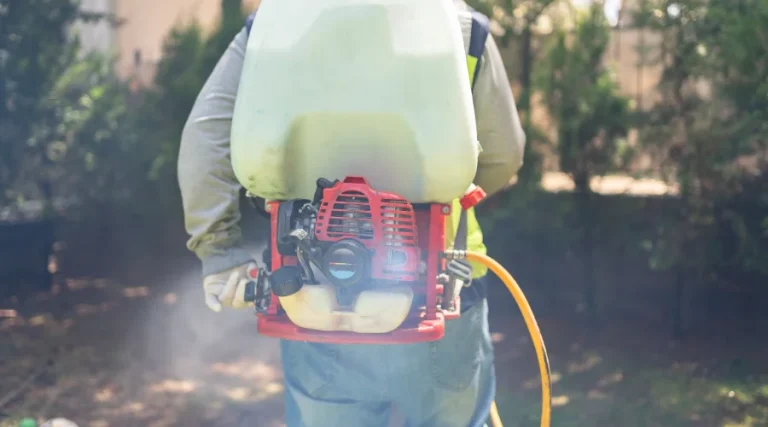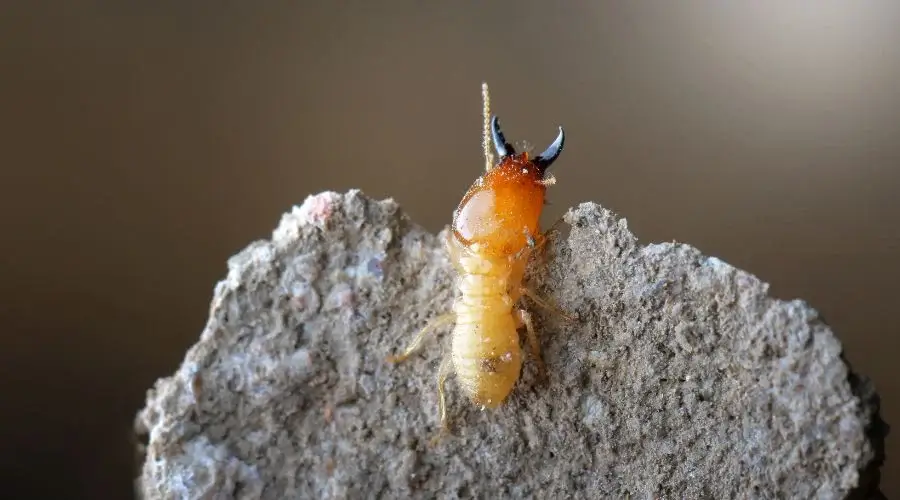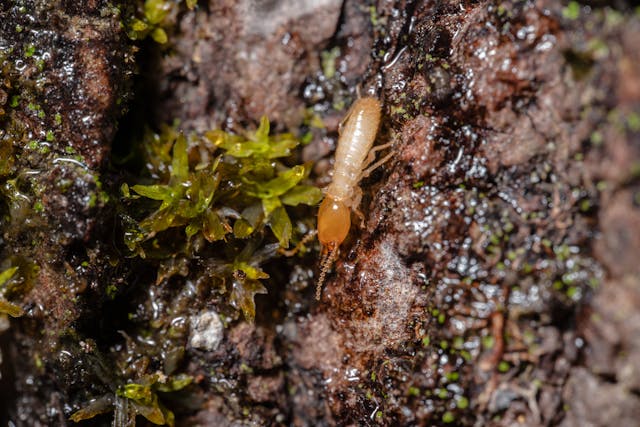Unwanted guests, commonly known as pests, have the uncanny ability to transform a serene abode or a thriving garden into a battleground. However, there’s no need to fret! Armed with the right tactics and a bit of knowledge, you can fortify your living areas against these intruders. This guide will explore practical strategies to prevent pests in your home and garden, ensuring a pest-free environment throughout the year.
Struggling with pests? Escondido Pest Control provides comprehensive treatment solutions to restore comfort to your space. Serving Escondido and its surroundings, our expert team delivers effective pest control services, incorporating both industry expertise and rigorous research for optimal results. services We offer better solutions by combining thorough research with our experience in the industry
Preventing Pests in Your Home
- Seal Entry Points: Pests often infiltrate indoor spaces through tiny cracks and gaps. Inspect doors, windows, and walls for openings and seal them with caulk or weather stripping.
- Eliminate Food Sources: Maintain a tidy kitchen devoid of crumbs. Store food in sealed containers, mop up accidents immediately, and routinely empty garbage cans while ensuring compost bins are tightly sealed.
- Declutter: Minimize hiding spots by organizing storage areas like closets, basements, and attics. Regular cleaning and decluttering help eliminate potential nesting sites.
- Fix Leaks: Moisture attracts pests such as ants, cockroaches, and silverfish. Promptly repair any plumbing leaks and ensure proper drainage around your home’s foundation.
- Regular Maintenance: Keep both indoor and outdoor areas well-maintained. Trim vegetation touching your house, clear gutters, and downspouts of debris like leaves and branches.
- Natural Deterrents: Certain plants and essential oils repel pests effectively. Planting marigolds, lavender, or mint around your home can deter insects like mosquitoes and flies.
Controlling Pests in Your Garden
- Companion Planting: Some plants naturally deter pests or attract beneficial insects. For instance, planting basil near tomatoes can discourage aphids and hornworms.
- Crop Rotation: Rotate crops each season to disrupt pest lifecycles and reduce soil-borne diseases.
- Mulch: Mulching garden beds conserve moisture, suppress weeds, and act as a barrier against pests like slugs and snails.
- Handpicking: Regularly inspect your garden and manually remove any pests you encounter.
- Beneficial Insects: Foster a diverse, pollinator-friendly garden to encourage natural predators like ladybugs and praying mantises, which help control pest populations.
Best Pest Control for the Garden
The most effective pest control strategy often combines preventive measures with targeted interventions. Organic options such as neem oil, insecticidal soap, and Diatomaceous earth can effectively combat pests while causing minimal harm to beneficial insects and the environment.
12 Steps to Naturally Prevent Garden Pests
- Choose Pest-Resistant Plant Varieties: Research and select plant varieties known for their natural resistance to common pests in your region. Consult with local nurseries or gardening experts for recommendations tailored to your area’s specific conditions.
- Keep the Garden Clean and Tidy: Maintain your garden by regularly removing fallen leaves, weeds, and debris beds as they can harbor pests and provide hiding spots. Prune overgrown vegetation to improve airflow and reduce moisture accumulation, which can attract pests.
- Provide Adequate Spacing Between Plants: Proper spacing between plants allows for better airflow and sunlight penetration, lowering the danger of illness and insect infestation. Follow spacing guidelines recommended for each plant species to optimize growth and minimize competition.
- Use Row Covers to Protect Vulnerable Crops: Utilize lightweight fabric row covers to physically shield vulnerable crops from pests while still allowing essential elements like sunlight, air, and moisture to reach the plants. Secure row covers tightly to prevent pests from accessing the crops.
- Employ Traps and Barriers: Implement integrated pest management techniques such as sticky traps or copper tape to capture or deter pests without resorting to chemical pesticides. Place traps strategically around the garden to intercept flying insects or create physical barriers to hinder crawling pests.
- Practice Proper Watering Techniques: Water your garden deeply and infrequently, aiming to moisten the soil around the plant roots without causing waterlogging. Avoid overhead watering, as it can promote fungal diseases and attract pests. Use drip irrigation or soaker hoses for targeted watering.
- Encourage Biodiversity: Cultivate a diverse range of plants in your garden to create a balanced ecosystem that supports natural predators and beneficial insects. Include flowers, herbs, and native species to attract a variety of pollinators and pest-eating organisms.
- Rotate Planting Beds: Implement a crop rotation plan by alternating plant families in different garden beds each season. This practice disrupts pest lifecycles and reduces the buildup of soil-borne diseases, improving overall garden health and productivity.
- Apply Organic Fertilizers and Soil Amendments: Use organic fertilizers, compost, and soil amendments to nourish the soil and promote strong, healthy plant growth. Healthy plants are more robust to insect assaults better equipped to withstand environmental stresses.
- Introduce Natural Predators or Parasites: Release beneficial insects such as ladybugs, parasitic wasps, or nematodes into your garden to control specific pest populations naturally. These natural predators can help keep pest numbers in check without harming beneficial insects or pollinators.
- Monitor Plants Regularly for Signs of Pest Damage: Regularly examine your plants for indications of pests infestation, including chewed foliage, holes in leaves, wilting, or unusual discoloration. Early detection allows for prompt intervention and prevents pest populations from escalating.
- Stay Informed about Pest Life Cycles and Seasonal Trends: Stay updated on the lifecycle, behavior, and seasonal trends of common garden pests in your area. This knowledge enables you to anticipate potential pest problems and implement preventive measures proactively, minimizing damage to your garden.
Preventing pests in your home and garden requires a proactive and multifaceted approach. Using the tactics given in this tutorial, You may create an unfavorable habitat for bugs. promoting the health and vitality of your living spaces. Prevention is key in pest control, so roll up your sleeves, dive in, and enjoy a pest-free home and garden year-round!





